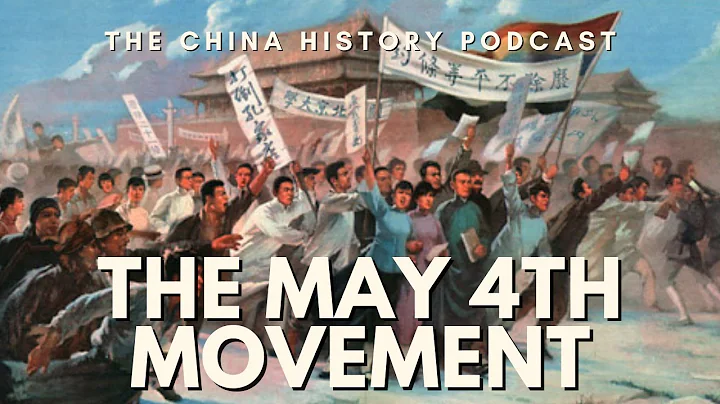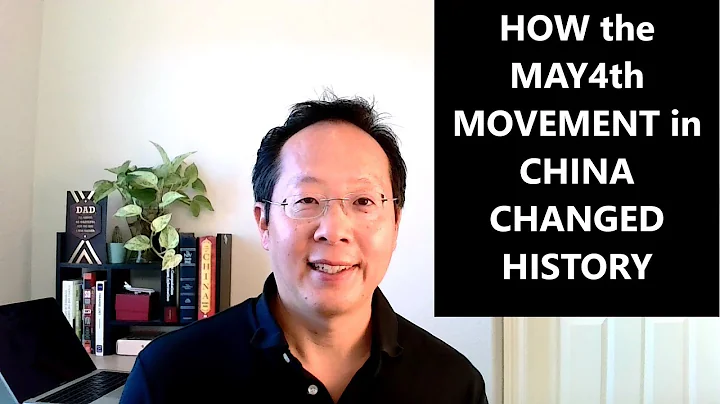Jing County has a long history. It has a history of more than 2,000 years since the Qin Dynasty established the county. The people of Jingxian County are rich in fine revolutionary traditions and spirit of struggle. In the long feudal society, there have been continuous struggles against the feudal ruling class. After the May 4th Movement broke out in 1919, the majority of young people in Jingxian County were influenced by the New Culture Movement . The patriotic teachers and students of Longhua High School united with people from all walks of life to conduct strikes, market strikes, and demonstrations to launch a struggle against Japanese goods. These struggles tempered the people of Jingxian County and laid the ideological foundation for the spread of Marxism-Leninism in Jingxian County.
In 1931, Jing County began party activities under the organization of Communist Party members Liu Jianzhang, Zhang Junfeng, Jia Jingyuan, and Liu Shisheng. In the autumn of 1932, Jing County established the first party branch in the county - the Wangqian Temple High School Branch of the Communist Party of China. In December 1933, with the approval of the Hebei Provincial Party Committee, the Jingxian County Committee of the Communist Party of China was established. Liu Jianzhang was appointed as the first Jingxian County Party Committee Secretary, and Chen Dong, Wang Renzhong and Liu Dizhong were appointed as county committee members. There are 27 party members in the county. The establishment of the Jingxian County Committee of the Communist Party of China is an important milestone in the history of Jingxian County, which has enabled Jingxian County to enter a new historical journey and opened a new revolutionary chapter.

The birthplace of the County Party Committee of Ximen Lijing County
In January 1936, with the approval of the superior party organization, Liu Jianzhang was transferred to work in Peking University. Chen Dong was appointed as the secretary of the county party committee, and Liu Dizhong, Xu Bingzhang and Wang Qing were committee members.
After the " July 7th Incident" in 1937, the Anti-Japanese War broke out in an all-round way. Under the leadership of the superior party organization, the Jingxian County Committee of the Communist Party of China persisted in the arduous struggle against the enemy, secretly developed party members, strengthened the party's ranks, and consolidated the anti-Japanese strength. The county party committee and party organizations at all levels played a core leadership role and actively led the masses in the struggle to resist Japan and save the nation, laying a solid foundation for the development and establishment of anti-Japanese base areas.

Ma Jingyuan's home in the east gate of Jingxian County Committee is the site of "Minbao" and the party's underground liaison station
On September 26, 1937, after Japanese planes bombed Jingxian County, due to changes in the environment, the CCP's Jingxian County Committee Three people in charge, including Chen Dong, Liu Dizhong, and Xu Bingzhang, moved to Yan'an . After the county party committee was transferred, the dozens of party members who remained in the county did not give up their struggle. They used great revolutionary enthusiasm to find a way to resist Japan and save the country. In October 1937, Wang Qing returned to Jingxian from Tianjin. After many efforts, he got in touch with the Communist Party members scattered in the county. Soon, a meeting of all party members was held in Hanhuang Ancient Village. At this meeting, Wang Qing conveyed the instructions of the Provincial Party Committee to "persist in the local resistance war" and re-clarified the party's tasks; at the meeting, the Jingxian Party Committee of the Communist Party of China was formed, and the relations of the Jingxian Party organization were transferred from the Hebei Provincial Party Committee to To the Hebei, Shandong and Henan Provincial Committee. Wang Qing is appointed as the Secretary of the Working Committee, Wang Ruiguang is appointed as the Organization Minister, and Zhu Xia is appointed as the Propaganda Minister.
html In December, the Jingxian Party Working Committee was changed to the Jingxian Committee of the Communist Party of China. Shortly after the establishment of the Jingxian County Party Committee, Wang Qing, secretary of the county party committee, transferred the work of the prefectural committee. Han Huanan took over as secretary of the county party committee in April 1938. Under his leadership, the Jingxian Party team developed and expanded, and the Jingxian Anti-Japanese Base Area with Wangqian Temple as the center was opened. On May 21, 1940, Wang Qing, secretary of the prefectural committee, conveyed the decision of the prefectural committee to divide Jingxian County into Jingnan and Jingbei counties at the county committee meeting held in Fanjia Wencheng. In the newly established Jingnan County, Zhao Zhong was appointed as the county party committee secretary, and Wang Yongxiu was appointed as the county magistrate; in Jingbei County, Cui Huamin was appointed as the county party committee secretary, Zhang Guangdi was appointed as the county magistrate, and Xi Guang was appointed as the organization director.
On August 20, 1945, the battle to liberate Jingxian County began. The Jingnan County and Jingbei County brigades participated in the battle with the five divisions of southern Hebei and the guerrillas and basic militiamen of various districts. After two days of fierce fighting, on August 22, 1945, Jingxian County was declared liberated. After the liberation of the county, more than 800 people from the county brigade and district guerrillas participated in the battle to liberate Hengshui, Hengshui.

On August 22, 1945, Jingxian County was liberated
In November 1945, Jingnan and Jingbei counties were merged into Jingxian County, and a new leadership organization was established. Xi Guang was appointed as secretary of the county party committee, Li Xuemin and Wu Runting were appointed as deputy secretaries, and Ma Yizhi was appointed as county magistrate.
During the War of Liberation, there were three batches of large-scale soldiers in the county, totaling more than 4,000 people. Among them, during the expansion of the army in 1947, the superiors assigned Jingxian a recruitment task of more than 1,000 people. In just one week, more than 2,000 people signed up to join the army, which was praised by the district party committee. In the battles of Handan, Anyang, Shijiazhuang, Taiyuan, more than 8,000 frontline migrant workers and more than 1,000 carts were dispatched, making great contributions to supporting the front line. Every time before the support, there are leading cadres of the county party committee who personally lead the team. With the victory of the Liberation War, the liberated areas continued to expand, and the new liberated areas were in urgent need of a large number of cadres with rich military experience and local work experience to support work. During the eight years of arduous war of resistance, Jingxian County was located in the hinterland of the liberated area and trained a large number of revolutionary cadres. In order to support the new area, the county party committee actively implemented the instructions of the Party Central Committee and the North China Bureau on the transfer of cadres to the south and the north. A total of more than 330 cadres were transferred to the south in three batches and to the north in two batches, making contributions to the liberation of the country.
During the Second Civil Revolutionary War, the War of Resistance Against Japan, and the War of Liberation, the people of Jingxian County and all party members under the leadership of the Jingxian County Committee of the Communist Party of China withstood the test of blood and fire, and emerged from the hot land of Jingxian County. Proletarian revolutionaries such as Ren Zhong and Liu Jianzhang emerged from the party, government and military senior leading cadres such as Cao Zhongnan, Ma Jinchang, Mou Haibo, Mou Haixiu, Liu Su, Xi Guang and Shen Tiemin.
During the War of Resistance Against Japan, the War of Liberation, and the War to Resist U.S. Aggression and Aid Korea, the people of Jingxian County fought a long and bloody battle under the leadership of the Communist Party of China. Many revolutionary martyrs sacrificed their precious lives for the independence and liberation of the motherland and nation. The heroic deeds of 1,651 revolutionary martyrs such as Wang Posheng, Han Huanan, Zhang Junfeng, Wang Yumin, Wang Qing, Shi Jiazhi, Li Chunyuan, Han Yannian, and Ma Ruichang will always be recorded in the annals of history, and their glorious images will always live in the hearts of the people of Jingxian County. (Author: Han Ruiqing)
Reference materials: "Jingxian Chronicle", "Jingxian Party History of the Communist Party of China", "Development History of Jingxian Revolutionary Old Area"
Disclaimer: The copyright belongs to the original author. If there is any infringement, please contact me to delete it. Thank you!





















